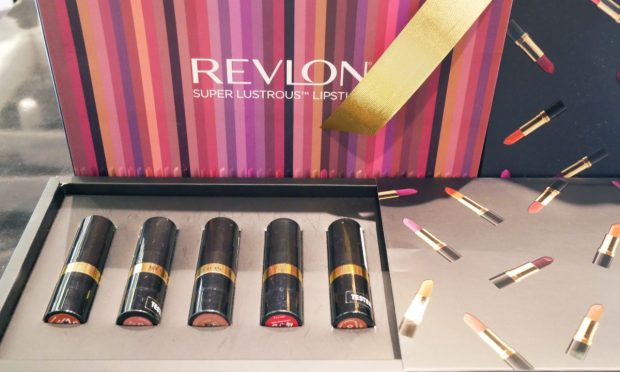Revlon Bankruptcy Filing Shows Beauty Brands’ Challenges in Connected Economy

The great digital shift and the emergence of the connected economy are the tides that don’t lift all boats.
Case in point: Revlon — that household name in cosmetics — has filed for Chapter 11 bankruptcy. And while the company’s not going out of business, it’s important to note that beyond the vagaries of capital structure and supply chain snarls — the latter is hitting pretty much every company — there are several lessons for old-guard companies navigating post-pandemic commerce.
That’s especially true for the beauty brands, which have traditionally relied on in-person, tactile experiences at the counter. The business models are being tested — and pressured.
Best to retool while they still can.
We are headed into some uncharted waters. Inflation continues to rage; the Federal Reserve has hiked interest rates with more to come, and consumers are throttling back on retail sales.
Read more: Retail Sales Turn Negative, Reflect Broad-Based Consumer Caution
Pandemic Hit Hard
Revlon’s own filing may not surprise, as sales dipped by more than 20% in 2020 to $1.9 billion — everyone worked from home, stores were shuttered, there really was no need for us all to look our best (thanks, Zoom filters). Sales have yet to touch pre-pandemic levels, coming in last year at about $2.1 billion. And so, Revlon has gone to the courts to seek protection and to restructure.
Earlier this year, other marquee names in cosmetics, such as L’Oreal, were punished by investors, even when, depending on where you look, sales turned positive. Macro uncertainty dominates, and that uncertainty may prove rough sledding for cosmetics companies going forward.
See more: Investors Have a ‘Breakup With Makeup’ as Cosmetics Cos Struggle With Costs
As for the digital shift, social media holds sway, and we live in a world where the Kardashians weigh in on, well, everything. The fragmentation of channels and of online/offline choices means that pretty much every company can go direct.
And the connected economy makes it possible for social media, the online marketplaces, the direct-to-consumer (D2C) pitches to shift consumers’ loyalty away from names that have been in the business for decades.
PYMNTS’ own research shows the momentum and greenfield opportunity that lies ahead for the firms that seek to challenge the cosmetic incumbents. In PYMNTS’ Beauty and Wellness Digital Payments Tracker, 12% of respondents said they shopped more online in 2021 for beauty and wellness products.
Read more: Beauty, Wellness Merchants Get Smart Digital Payments Makeover
Additionally, advanced technologies make it possible to “try on” new products and beauty routines, visually and with the help of online assistants. That 12% tally looks set to rise, as PYMNTS found in its latest Connected Economy report that 43% of consumers reported engaging “regularly” in digital-first activities in May, the highest level seen since the end of 2021.
Get the report: The ConnectedEconomy™ Monthly Report
The old guard — the cosmetics firms that rely on shelves, counters and displays — might take heed of Revlon’s fate.
